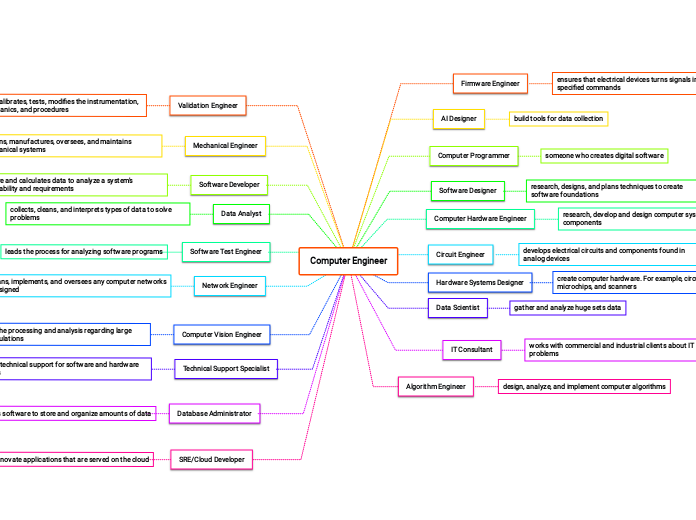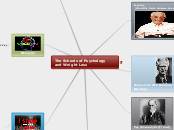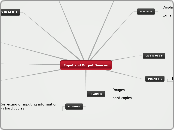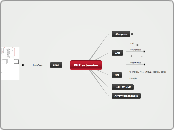af valeria Hernandez 8 år siden
308
history and motivation
The evolution of supercomputers has marked significant advancements from the Cray-1, a single-CPU machine, to modern parallel computers with thousands of CPUs. These powerful machines can perform trillions of floating-point operations per second and have become more cost-effective and accessible due to the use of commodity off-the-shelf components, exemplified by the Beowulf system.









